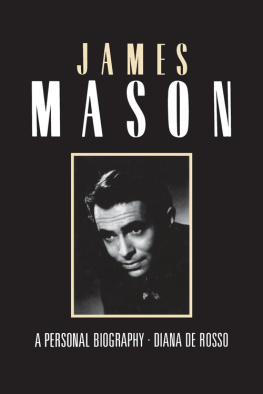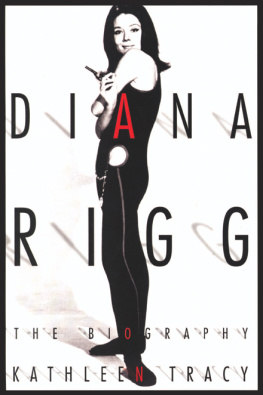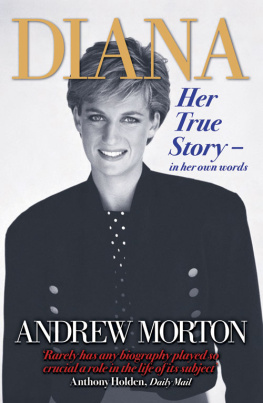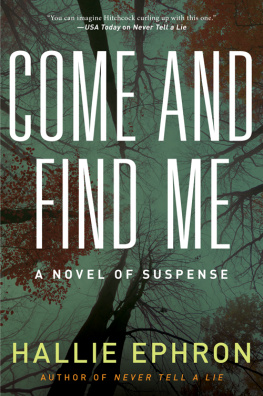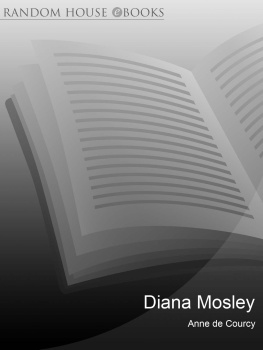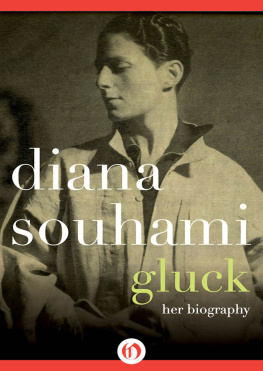JAMES MASON

For Anthony and Howard
DIANA DE ROSSO
JAMES
MASON
A PERSONAL BIOGRAPHY
RETRO CLASSICS
RETRO CLASSICS
is a collection of facsimile reproductions
of popular bestsellers from the 1980s and 1990s
James Mason: A Personal Biography was first published in 1989
by Lennard Publishing
Re-issued in 2012 as a Retro Classic
by G2 Rights
in association with Lennard Publishing
Windmill Cottage
Mackerye End
Harpenden
Hertfordshire
AL5 5DR
Copyright Diana de Rosso 1989
ISBN 978-1-909040-23-6
Designed by Geoffrey Green
Cover design by Pocknell & Co
This book is a facsimile reproduction of the first edition of James Mason; A Personal Biography which was a bestseller in 1989.
No attempt has been made to alter any of the wording with the benefit of hindsight, or to update the book in any way.
CONTENTS

PERSONAL ACKNOWLEDGEMENTS

I WOULD like to offer my grateful and sincere thanks to the many contributors to this biography listed below. I fear that I may have inadvertently failed to include some names and I can only beg forebearance, and ask that they accept my deepest apologies for any omissions.
To Clarissa, Jamess widow, I pay a special tribute as she, in the midst of a very stressful and painful time in her life, afforded me the opportunity of seeing many personal papers and pictures which added greatly to my understanding of Jamess last years.
I am also very indebted to my researcher Sandy Collison without whose enthusiasm and hardwork the compilation of this book might well have been a far more onerous task. Finally, but in no way least, I wish to thank Roderick Brown of Lennard Publishing, and his colleagues, for their constant support and kindly advice.
Harry Andrews; Ben Arbeid; Claire Bloom; Val Birall (ne Mason); Richard Broke; Max Bygraves; Alan Bridges; Peter Brook; Kevin Brownlow; Ken Bright; Peter Beales; Phyllis Calvert; Cyril Cusack. Elspeth Cochrane; Peter Coke; Jack Cardiff; Ted Cox; Ken Evans; Robert and Carmen Flemyng; Ivan Foxwell; Susan George; Sir John Gielgud; Sir Alec Guinness; Paul Grunder; David Gray; Patricia Hayes; Rosamund John; Deborah Kerr; Margaret Lockwood; George and Elvi Hale Murcell; Clarissa Mason; Rex and Halo Mason; Tany Moiseiwitsch; Barry Norman; Peter Noble; Dilys Powell; Roy Pickard; Kaye (Webb) and Katie Searle; Victor Spinetti and Leonard Sachs; and The Huddersfield Daily Examiner; The British Film Institute and John Kobal.
Diana de Rosso
PROLOGUE

J AMES Mason was my brother-in-law and I knew him from 1936, when he was just 27 and on the threshold of his career as a great film actor, until the end of his life. He died in 1984 at the age of 75.
When I was invited to write about his life I felt that, even if I didnt have the literary experience usually required for such a task, I did possess one specific attribute which might outweigh this lack of practice in the craft. My advantage was that I knew James before he became a star, before he was courted, packaged and finally exported to Hollywood.
I am not going to examine Jamess career in great depth there are other professional biographers whose job that is, and his own book goes into great details which I dont need to reproduce here. But I will try to give my own personal portrait of the man who, I believe, remained an enigma to many who worked with him and was, in truth, diffident and shy and like many actors found it easier to play a part rather than cope with a private life invaded by gossip columnists, scandalmongers and so on. He was a man of many complexities and few faults. His dry humour and bashful self-depreciative uncertainty left him at odds with his talents. He could accept his shortcomings but was unable to fully believe in his capacity as an actor. He was of a meticulously tidy mind, a craftsman with a critical faculty which at times led him into conflict with his advisers and those who regarded him as a money machine to be exploited. There is no doubt in my mind that James, as an actor, was often undervalued as an artist and this to some degree undermined his own confidence in his ability particularly when he undertook certain roles simply for the necessary money and for which, understandably, he received little praise.
Yet he was possessed of a determined, even stubborn nature and once he was committed to a line of action few people could wield sufficient influence over him to make him change his mind. But one such person was, of course, his first wife my half-sister Pamela Ostrer.
Jamess early career as an actor gave him a love of the theatre and of the actors and actresses who reaped negligible financial rewards but felt themselves rich in payment of their souls performers who revered the written word and honoured the playwrights and authors long gone from the world. Although the theatre remained a kind of bogey for him, James hankered after recognition in this sphere and the numerous disappointments he suffered in this area of his career was a source of hidden pain. He was prepared to accept the cuts and thrusts of the critics, he was willing to concede that by becoming a star of the cinema he had formed a brilliant technique not easily adapted for the living stage, but nevertheless his failure to achieve the success he sought in the theatre caused him much hurt. He set himself the highest standards and whatever fell below that mark was deemed failure in his own eyes. Perhaps the acclaim as a consummate reader of English poetry that he enjoyed later on went some way towards healing that bitter disappointment.
In the pages that follow I will hope to show a man vulnerable and sensitive, kindly and thoughtful, misunderstood and sometimes misrepresented, disliked by some but who, over a long and distinguished career, made many long and lasting friendships. A man remembered with love and affection by those who were privileged to say I knew James Mason.
Diana de Rosso
THE EARLY YEARS

J AMES Neville Mason was born in Huddersfield, Yorkshire, on 15 May 1909, the third and youngest son of John Mason and his wife Mabel, nee Hattersley Gaunt. His father, Yorkshire born and bred, was a textile merchant who lived and died in Huddersfield at Croft House, the home to which he and his wife moved at the time of their marriage.
In his autobiography Before I Forget, Jamess account of his home life and his first schooldays conjures up a happy and well-balanced childhood, with holidays at the seaside and all the traditional customs of the day carefully observed. His was a solid, respectable, middle-class Edwardian background one of good manners, of etiquette and politeness, with a set way of doing things, prosperous, with properly defined boundaries of behaviour and expectation. Croft House was large and rambling and terribly cold in the winter. Parts of it were very old, built in the sixteenth or seventeenth centuries, but the main parts of the house were Victorian. There was a wonderful large garden with a tennis court and plenty of room for cricket in the holidays. James and his two elder brothers grew up in comfortable security, in a household ruled by his mother and run by a maid, cook, governess and gardener.
Next page
